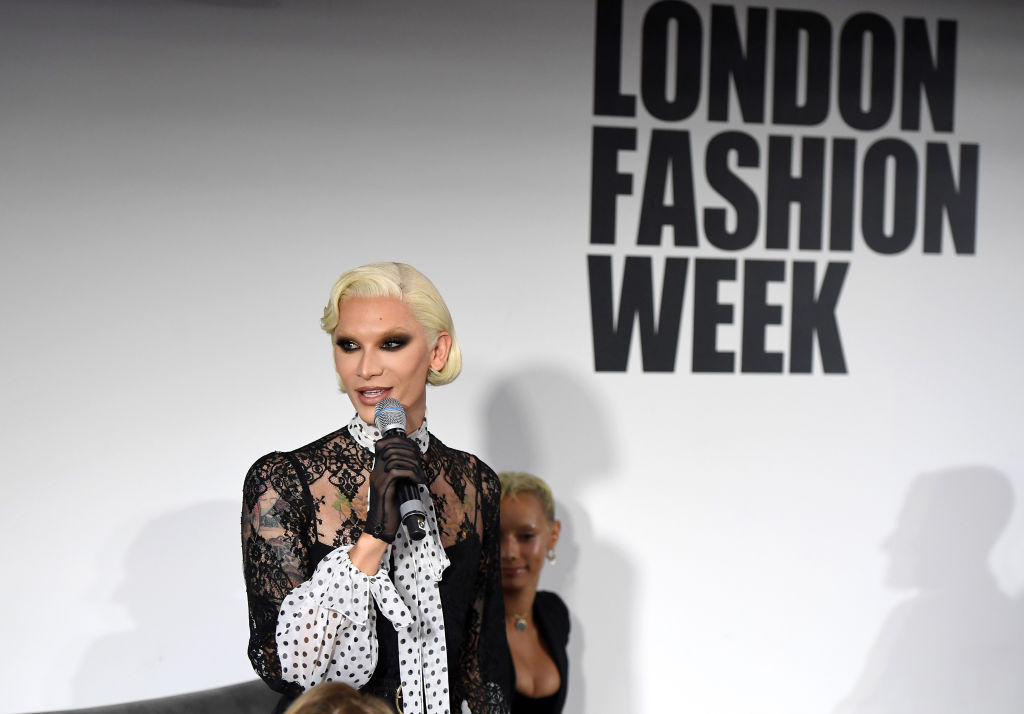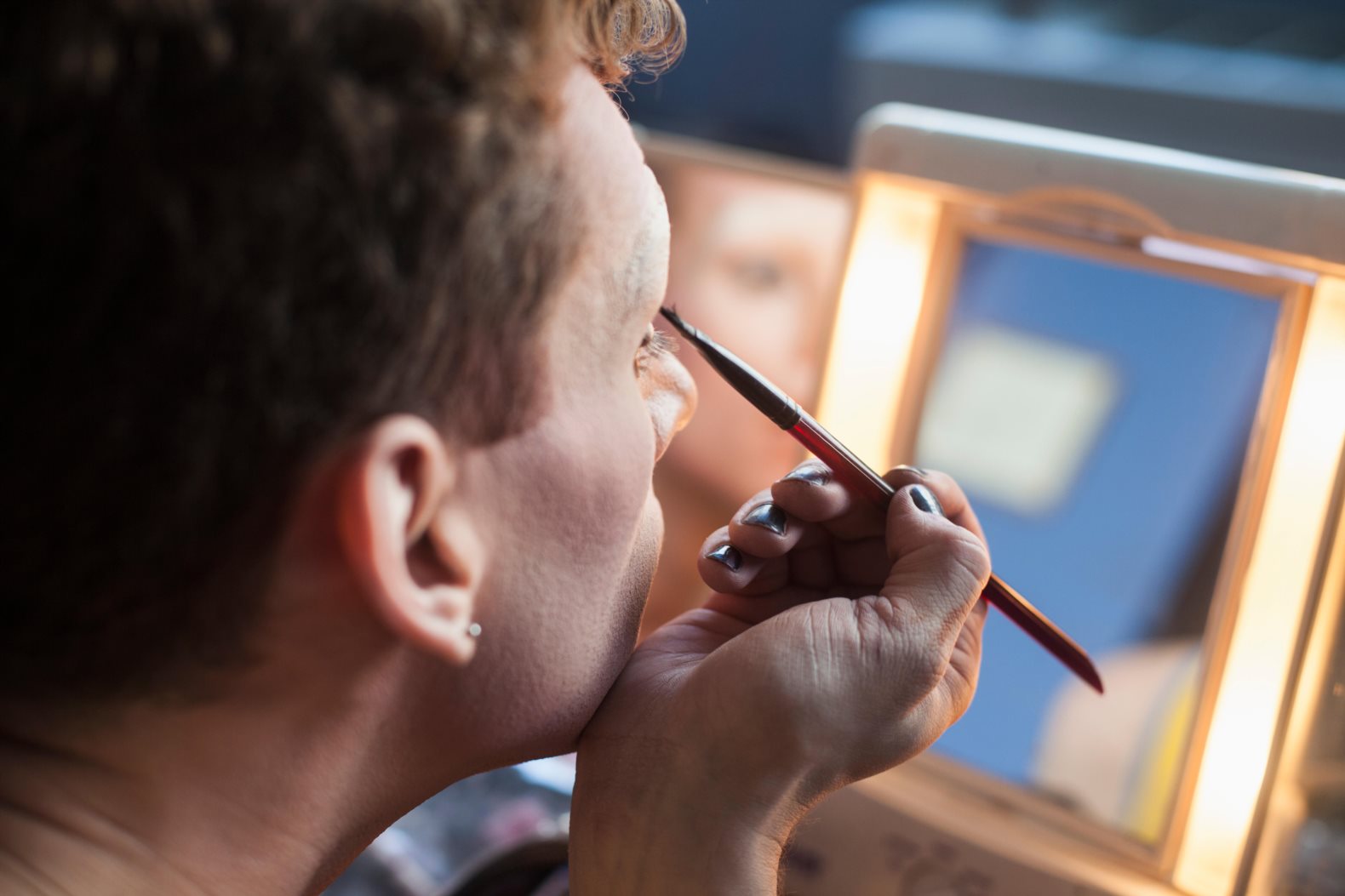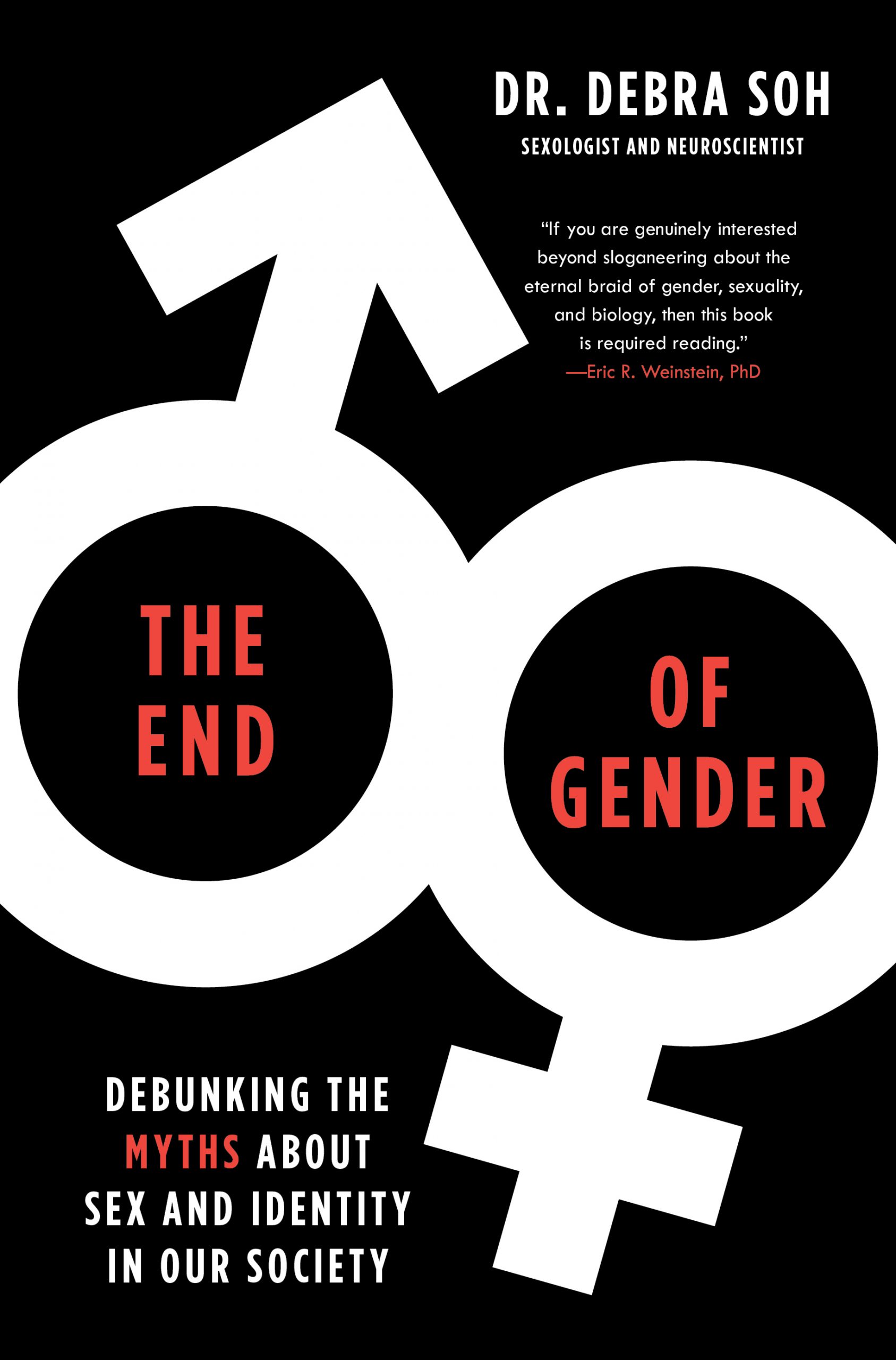How the Nonbinary Trend Hurts Those with Real Gender Dysphoria
Some nonbinary people will say that they don’t like labels such as “gay” or “lesbian” because they are binary terms; attraction to a man or a woman, even in the context of being gay, is still considered attraction to a binary gender.

Within the conversation about transgender rights has emerged a debate about whether nonbinary people should be considered transgender. Over time, concerns about nonbinary rights have begun to dominate this discussion in online spaces and within the community. For those in support of nonbinary rights, the belief that someone must experience gender dysphoria and undergo medical transitioning in order to identify as transgender is seen as exclusionary because it requires a certain bar to be cleared in order for an individual to be part of the community. To question whether nonbinary people are the same as trans people is derisively known as “transmedicalism.”
I believe it’s important to be compassionate, because in many cases, an individual who identifies as nonbinary is communicating that they are experiencing distress and discomfort. In some cases, a person may legitimately be struggling to figure out their gender, and with that comes much introspection and pain. I don’t believe mockery or making fun of nonbinary people will lead to anyone changing their minds, nor does doing so allow for honest dialogue to unfold. My issue is that none of these ideas are backed by science, and that pretending they are only directs the focus away from the underlying issues we should be addressing.
For those who are skeptical, identifying as a third gender may seem to be a fad. Gender has become trendy, and being something other than female or male sounds exotic; a person appears interesting and ahead of the curve. By simply being known as nonbinary or genderqueer, or going by “they/them” pronouns, it immediately conveys to other people that this particular individual is different and to some degree, special, because they are an exception to the rule, which could be expected in young people and especially teenagers.
As more people take on these labels, being nonbinary has become a way to find community, a sense of belonging, and acceptance. It’s not so much about individuality as it is about group membership. In some cases, a person will identify as being a third gender without modifying anything about themselves beyond their clothing and pronouns.
As mentioned, the word “transgender” has expanded to encompass anyone who feels, in any way, different from what would be expected of them, based on their birth sex. This includes gender-atypical and gender-nonconforming people and anyone who feels even mild discomfort about their bodies. The widening of the application of what it means to be transgender means more people will potentially identify this way, thereby inflating its prevalence in the general population. If a larger percentage of people identify as transgender or nonbinary, this offers support for the argument that these identities are real phenomena and discrimination against them is unjust. But we can advocate for this acceptance without socially engineering numbers in favor of it. Doing so only leads to a further lack of clarity for those who will be inappropriately grouped as part of the community.
For the purposes of this text, whenever I refer to the transgender community, I am referring to those with gender dysphoria (who identify more with the opposite sex than their birth sex), who are taking steps to transition to the opposite sex, whether it is socially or medically.
To collapse all of these labels into one haphazard group that includes nonbinary people and transgender people who do not have gender dysphoria, and to then call everyone “trans,” diminishes the suffering of those who experience gender dysphoria, a legitimate condition that is recognized by medicine and science. In contrast to how those who are “genderfluid” describe their gender, gender dysphoria is not a whimsical feeling that comes and goes depending on which direction the winds are blowing that day.

If anything, the concept of gender fluidity calls into question the very idea of being transgender. The concept of gender dysphoria rests on the idea that gender is innate and that the brain of one sex exists in the body of the other. Gender fluidity suggests the very antithesis to this, that one’s internal sense of gender can vary by the hour. If one’s gender can change, why shouldn’t it be malleable to align with a person’s birth sex? The concept of gender fluidity argues against trans adults’ right to transition.
I understand why the nonbinary movement has gained such momentum so quickly, and why it’s being held in such high regard. Other sexual and gender minority groups, including gay and transgender people, have long had people telling them that what they experience isn’t real or that they’re just going through a phase. Part of the push to accept people identifying as nonbinary (and also, children who say they are transgender) stems from the empathy of those who want to correct for mistakes in the past.
Then we have celebrities who are capitalizing on gender’s moment in the sun. If someone has a large public following, and they announce they are nonbinary, it is hard to believe that doing so is anything but a publicity stunt to get people talking about them. Identifying as nonbinary provides social, and literal, currency; and public figures who “come out” as nonbinary obtain adulation and a newfound relevance as every media publication in the world hails them for their courage and strength as a trailblazer.
What I find particularly sad is the number of gay men who have embraced the nonbinary label. When asked in media interviews about how they knew they were nonbinary, many profess a love of being a man, but also wearing makeup and high heels. A few prominent media personalities come to mind here, but they shall remain unnamed. One of the bedrocks of the gay community is drag shows, in which adult men dress up as very feminine women to lip-synch to pop songs promoting female independence and empowerment, all while maintaining an in-your-face sense of humor. It’s unclear why, for these individuals, being a drag queen on their days off wasn’t good enough. In turn, the next generation of young gay men, who look up to them, are identifying as nonbinary instead of gay men.
It’s also worth mentioning that feminine gay men and masculine lesbians, by virtue of being gender-nonconforming, are not trans or nonbinary; they are gender-nonconforming men and women.
Based on poll findings, millennials are almost twice as likely to identify as “LGBTQ” as people in Generation X. Despite this, millennials who are not part of the community were less likely to know someone who identified as “gay” or “lesbian.” This means those who consider themselves to be “LGBTQ” are identifying as something other than lesbian or gay, speaking to the broadening of identity labels used to describe one’s sexual orientation.
One interpretation of these data would be that more people are identifying as part of the community, not out of a true sexual identity, but because it is trendy to do so, or because they believe sexuality is “fluid.” This undermines biological explanations for sexual orientation, which has been a disturbingly growing phenomenon and one I never thought I’d witness. Gay-rights activists fought for the “born-this-way” narrative because it came with greater social acceptance—and not only that, it is scientifically correct. A person’s sexual orientation shouldn’t have to be hardwired (and thereby, nonvolitional) in order to be accepted, but it doesn’t appear that nonbinary activists have thought through the implications of denying biological evidence. If being gay is a choice, it makes it more difficult to advocate against attempts to change it.
Some nonbinary people will say that they don’t like labels such as “gay” or “lesbian” because they are binary terms; attraction to a man or a woman, even in the context of being gay, is still considered attraction to a binary gender. Others have argued that you can be a “nonbinary lesbian,” which doesn’t make sense. In order to be a lesbian, by definition, one needs to be a woman. The whole thing illustrates how ill-conceived these theories pertaining to the gender spectrum are.

Excerpted from The End of Gender: Debunking the Myths about Sex and Identity in Our Society, by Debra Soh. Copyright © 2020 by Dr. Debra Soh. Reprinted by permission of Threshold Editions, an Imprint of Simon & Schuster, Inc.












